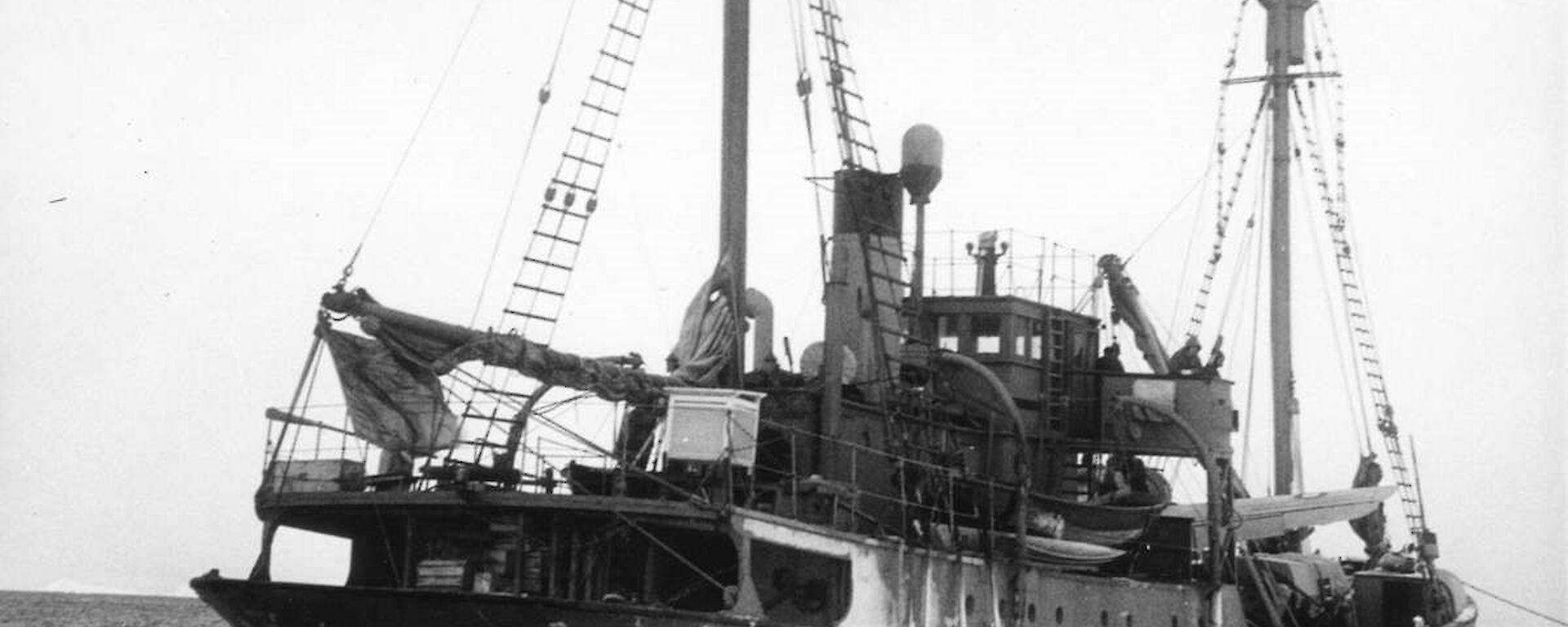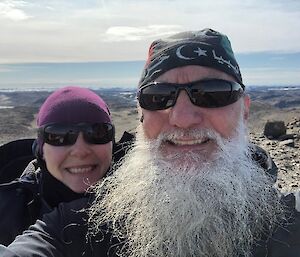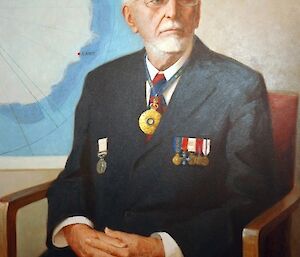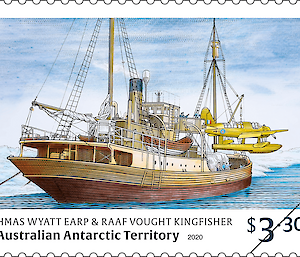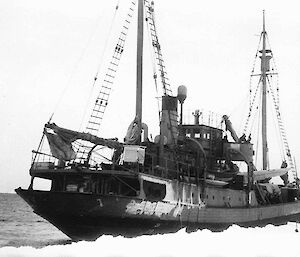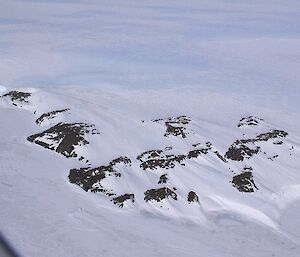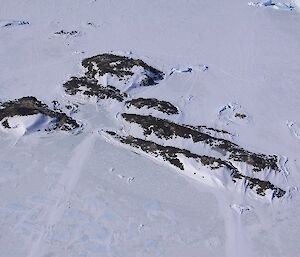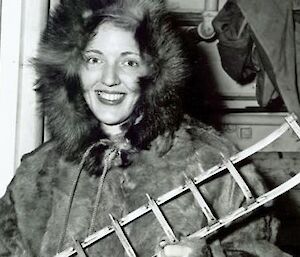This is a second instalment on some of the historic facts surrounding Davis Station.
The previous instalment covered the first recorded aerial sighting by Sir Douglas Mawson of the coastline of Davis Station in 1931, followed up by the first recorded landing by the Norwegian whaler, Captain Klarius Mikkelsen and his wife Caroline, who may have been the first women on the continent.
Since that time, there have been many varying nationalities of female explorers, researchers, adventurers and expeditioners who have had the drive to experience the magic Antarctica has to offer them, and what they can do for Antarctica to preserve its beauty and learn from the science it offers.
The Australian Antarctic Division has successfully contributed to women participating in its Antarctic program and actively encourages more female participation in all areas of science and trades.
Klarius Mikkelsen and I have something in common, albeit small. He brought his wife with him to Antarctica whereas I met my wife at Casey Station and we have been to Davis many times together for the summer period. She has wintered here twice as the chef, and though I am wintering here now without her, we both appreciate the privilege and are thankful to have shared this experience together as not many get to do it.
In fact, the first Australian woman to set foot on Antarctica was Nelle (Nel) Isabel Law, the wife of Dr Phillip Law who was a scientist and explorer and later the director of the Australian National Antarctic Research Expedition [ANARE] for 17 years.
Apparently he smuggled his wife onto the ship bound for Mawson Station in the 1960/61 season prompting much heated discussion. It was decided if Nel was to be removed from the ship it would bring negative publicity, and with her remaining on-board, it in fact brought a lot of positive publicity to Phil Law and ANARE.
Nel made a huge impact within ANARE with her work as an artist and writer, later becoming the first president of the Antarctic Family and Friends Association. She even had a ship named after her, the Nella Dan, in her honour.
Along the coast, approximately 7 kms north of Davis Station is Law Cairn: this cairn marks the first ANARE landing in the Vestfold Hills. Phil Law and his party landed here and it became an important precursor to the later establishment of an Australian presence in the area.
In 2011, Nel and Phil Laws' ashes are interred near Mawson Station back where she first stepped ashore in 1961. Mawson was the first Australian Antarctic station Phil Law founded in 1954.
Up near where Klarius Mikkelsen raised the Norwegian flag, another explorer, aviator and geographer visited.
Sir Hubert Wilkins, inspired by the success of his flight over the Arctic, carried out the first aerial exploration of Antarctica at Graham Land (Antarctic Peninsula) in 1928/29. Although some of his observations were disapproved by later expeditions, his bird's eye view influenced further exploration.
So in 1933, Wilkins joined American Lincoln Ellsworth’s three private attempts on the first trans-Antarctic flight. In 1935, Ellsworth, together with pilot Herbert Hollick-Kenyon, successfully completed the first flight across the continent from Dundee Island to the Ross Ice Shelf.
In 1938, Wilkins again joined Ellsworth’s Antarctic expedition but this time sailing on the Wyatt Earp with two aircraft. Before departure, Ellsworth had assured Wilkins that he had no intention of claiming land in Antarctica. However, on the voyage he informed Wilkins of his plans to map land that had previously been claimed but not seen.
Despite Wilkin's protestations that Mawson had already claimed the area for Australia, Ellsworth planned to lodge a counter claim for America.
In response, to reassert Australian sovereignty over territory claimed by Mawson, Wilkins flew to the northernmost point (around the 11th January 1939), landing at the Rauer Islands, then on to the southwestern and the northeastern extent of the Vestfold Hills.
He flew the Australian flag and deposited decrees of the visit in a rock cairn at each site recognising Australia's right to "... administrate … those part of His Majesty's dominions in the Antarctic Seas". Along with the decree he left a copy of the famous Australian geographical magazine 'Walkabout'.
Of the three such sites, only the northern cairn has been located. It was visited by an ANARE party in May 1957 and the records left by Wilkins were recovered. The records were wrapped in a copy of the 'Walkabout' magazine, hence the name of that area as 'Walkabout Rocks'.
About half a kilometre to the north of Walkabout Rocks is a small group of islands and rocks.
These rocks were named after the ship in which Wilkins arrived in the area - the Wyatt Earp Islands.
It is this area to the north of Davis Station, which during winter is accessible due to the thickness of the sea ice allowing for vehicular travel, that most expeditioners attempt to 'tick off' on their bucket list of things to see. The history just in this area is amazing knowing what occurred 90 odd years ago.
'It's in your veins for life'.
Mick Eccles
BoM Senior Observer

